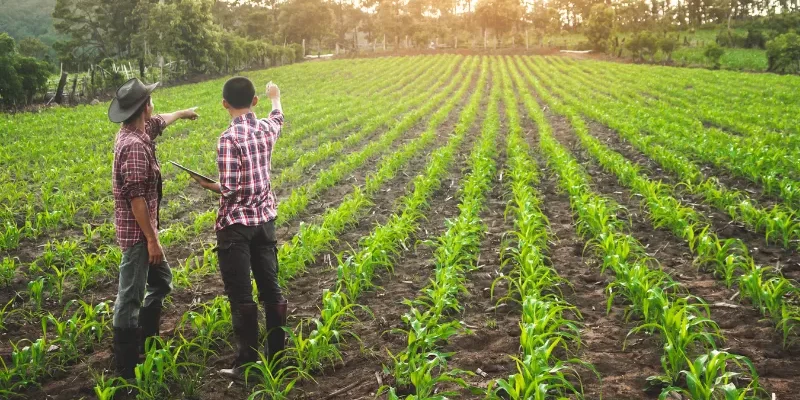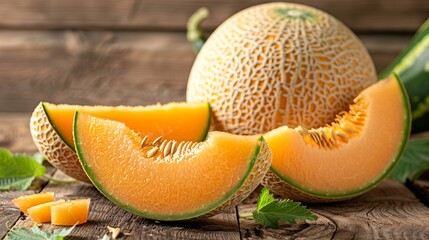
The agricultural landscape in India has seen an ideal change towards eco-friendly and sustainable farming methods in the face of rising environmental concerns and the necessity for sustainable practices. This thorough reference for 2024 examines the many facets of sustainable agriculture in India, emphasising important methods, programs, and the contribution of technology to the advancement of a more ecologically friendly farming method. The tractor is a pivot role in agriculture.
Sustainable Agriculture Practices in India
- A much-needed substitute for conventional input-intensive agriculture, which over time degrades topsoil, depletes groundwater supplies and reduces biodiversity, is sustainable agriculture. In a world with climate constraints, ensuring India’s nutrition security is essential.
- Although there are many definitions of sustainable agriculture, this study looks at it through the lens of agroecology. This phrase generally refers to more diverse livestock and crop options, less resource-intensive farming methods, and farmers’ capacity to adjust to local conditions.
- In India, there are only five sustainable agriculture practices that are considered mainstream: crop rotation, agroforestry, rainwater harvesting, mulching, and precision farming. These practices account for less than 5% of the net sown area.
- Of all Indian farmers, less than five million, or 4%, use the majority of SAPSs. Less than one per cent of people practise many of them.
- With about 15 million farmers and 30 million hectares (Mha) of land, crop rotation is the most widely used SAPS in India. Rainwater harvesting and agroforestry, which are mostly used by large farmers, have relatively high coverage levels of 25 and 20–27 Mha, respectively.
- Currently, just 2.8 Mha, or 2% of India’s 140 Mha net sown area, is used for organic farming. About 800,000 farmers in India have embraced natural farming, which is a sustainable agricultural practice with the quickest rate of growth. After years of consistent promotion, 5 Mha has been covered by Integrated Pest Management (IPM).
Important New Ideas in Sustainable Agriculture in India
- The importance of knowledge: Since most SAPSs are knowledge-intensive, farmers must be strengthened in their capacity and their knowledge shared for successful adoption.
- Dependence on farm labour: Because SAPSs are a niche, more mainstream mechanisation is needed for tasks like preparing different inputs, pulling weeds, or even harvesting in mixed cropping fields. Because of this labour-intensive nature, medium- to large-scale farmers may find it difficult to adopt SAPs.
- Motivation: Farmers are looking for alternatives due to conventional agriculture’s detrimental long-term effects. Moreover, farmers who do not rely heavily on outside inputs and who operate in resource-constrained environments are also open to gradually switching to SAPSs.
- Food and nutrition security: By diversifying their sources of income and food, SAPSs help farmers increase the security of their food supply. They also improve the security of nutrition for families that depend on agriculture. Still, more research is necessary on both of these fronts.
- The majority of Civil Society Organisations (CSOs) participating in SAPSs were based in Madhya Pradesh, Rajasthan, and Maharashtra. CSOs are most interested in organic farming, natural farming, and vermicomposting.
India’s Sustainable Agriculture Systems and Practices for 2024
- Academics’ most widely used approaches to examining how SAPSs affect social, environmental, and economic outcomes are agroforestry and system of rice intensification (SRI). More data are needed to support the claims made about the benefits of techniques like floating farming, permaculture, and biodynamic farming.
- There are glaringly few long-term evaluations of SAPSs in the literature currently in publication, covering the economic, environmental, and social dimensions of sustainability. A research gap pertaining to assessments at the landscape, regional, or agroecological zone levels, as well as a relative lack of attention to evaluation criteria like gender, health, and biodiversity, are some other research limitations.
- Rainwater collection (0.77%) methods, such as mulching and artificial groundwater recharge, are part of sustainable agriculture. These methods improve soil fertility and conserve water resources.
- You can also use the latest technology, such as a Rotavator and combine harvester, for sustainable agriculture and high productivity.
The Use of Integrated Pest Management
Integrated pest management, which focuses on using natural methods to control pests, comprises techniques including cover crops, mulching, and permaculture (0.38%). By lowering the need for chemical pesticides, these methods encourage a more environmentally responsible and sustainable strategy.
Leading Indian Agricultural Initiatives for Sustainability:
A number of projects and organisations dedicated to sustainable agriculture have supported the advancement of environmentally conscious farming practices in India. The Council on Energy, Environment, and Water (CEEW) is leading the charge in promoting environmentally friendly farming practices and sustainable food systems.
These are all about Embracing Sustainable Agriculture Practices in India’s Farming Future. For more information about agricultural machinery like combine harvester, tractor, etc. stay connected with us.











